There’s no doubt about it, film making has come a long way. Within the past 50 years we have seen modern films splash our screens with an overlay of bright colours, we have immersed ourselves in impressive character dialogue and watched as special effects have made the unrealistic appear realistic in front of our very eyes. But how many of us honestly think about where it all began? When we watch our favorite films we don’t really think of where it all came from, the growing process that have made our films seem more lifelike and more aesthetically pleasing than ever. In this blog post I will be listing the very firsts in film making that allow Hollywood blockbusters and indie films like those created by VM Productions to bring us the stories, special effects and the cinematic magic most of us take for granted.
The first film ever recorded
Roundhay Garden Scene ( 1888)
Interesting facts:
– Prince disappeared mysteriously two years after this film was made, his strange disappearance left many questions unanswered just like to VM Production’s screenwriter Robert Hurley’s disappearance.
-Sarah Whitley died 10 days after filming the Roundhay Garden scene, making her the first person ever in a film to die.
First ever horror film
Le Manoir du Diable (1896)
Interesting facts:
-Despite my curiosity as to whether this did actually scare viewers, this wasn’t this film’s purpose. Méliès created The House of the Devil to amuse rather than frighten, I imagine as modern horror-comedy films do today.
-Many ‘goofs’ are present in this film. If you watch closely you can see the entire set shake as well as one of the ghosts accidentally walking into a wall.
The first use of special effects
The Execution of Mary Stuart ( 1895)
Interesting fact:
-This was the first film to hire a trained actress to perform.
The first full length feature film
The Story of the Kelly Gang ( 1906)
Interesting facts:
-Due to direct influence on crime after the films screening across the country The Story of the Kelly Gang was banned in Benalla and Wangaratta- two towns with strong Kelly connections after a group of five children broke into a photographic studio to steal money and held up a group of children at gun point following inspiration from the movie.
-The budget of the film was estimated to be around $2,000 dollars which would have been very expensive at the time.
First literary adaptation on film
Cinderella ( 1899)
Another film on this list from George Méliès, Cinderella is one of the first film adaptations ever to be made. Everybody is familiar with the story of Cinderella which was first published in 1634 and is still being adapted for films today. Méliès took inspiration from an 1895 stage production of the story and also modelled the film’s visual style on the engravings of Gustave Doré, who had illustrated the story for an edition of Perrault’s fairy tales. Méliès adaptation of Cinderella was his first major cinematic success and also his first film containing multiple scenes.
Interesting facts:
-George Méliès had a strong interest in stage magic and performed onstage as a magician. Perhaps explaining his talent for special effects within his films.
-This film was the first to utilize a dissolve transition between scenes.
First film to contain sound and recorded dialogue
The Jazz singer ( 1927)
By the 1920s film had already reached popularity, film studios such as Warner Bros were established and were producing feature length films. The 1920’s is often touched upon when delving into film history and is iconically know as the ‘ silent era’ due to the popularity of films which featured no sound. In 1927 The Jazz Singer, influenced and abled us to enjoy films as we do today and is the first film to include sound, voices and a recorded music score. The Jazz Singer was a musical film ( what better way to broadcast the use of sound) and depicts a young man who defies the traditions of his devout Jewish family.
Interesting facts:
-The first words recited are: “Wait a minute! Wait a minute! You ain’t heard nothin’ yet!”
-The Jazz Singer contains the use of ‘blackface’ ,although a common practice at the time is now widely considered to be racist.
First use of natural colour
A Visit to the Seaside (1908)
Interesting fact:
-Similar to director George Méliès, George Smith was also a stage magic performer and was a hypnotist, psychic and magic lantern lecturer.
*****
Want to know more about the films we make? Sign up to learn more about our process, our projects, the upcoming premieres and grab our FREE e-book (click on the cover below)!
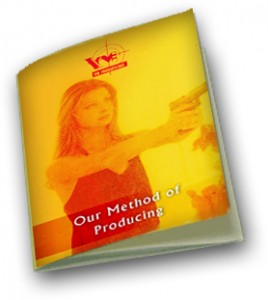
 Follow us through our social media on Twitter, Facebook, Google+, Pinterest, Tumblr, Instagram and Goodreads
Follow us through our social media on Twitter, Facebook, Google+, Pinterest, Tumblr, Instagram and Goodreads
We hope to see you back here soon!-


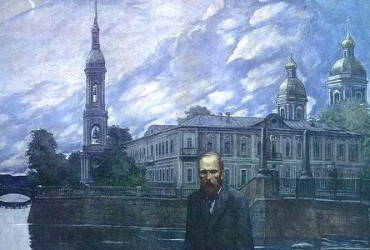

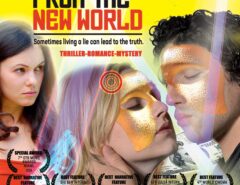
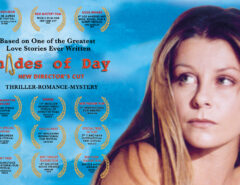
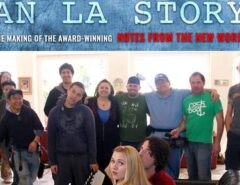
Leave a Reply